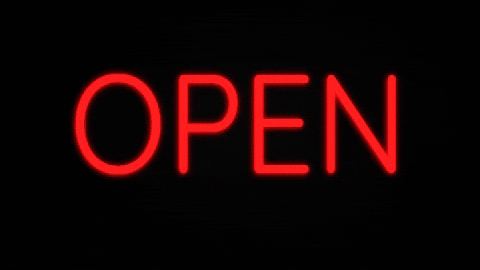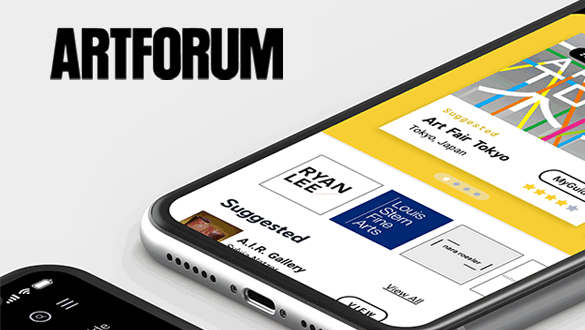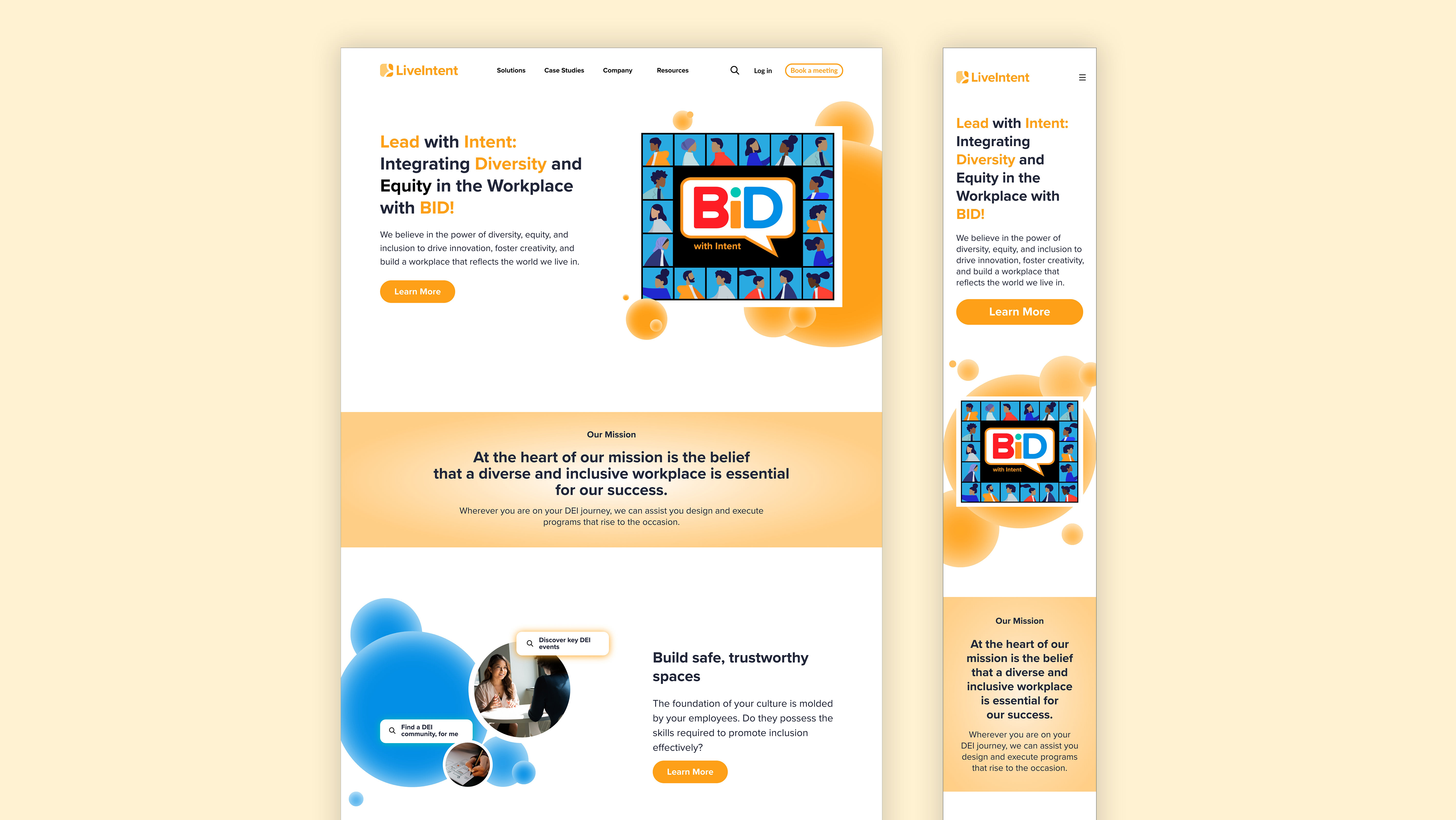The Challenge: CBS ALL ACCESS - Choice Paradox UX Case Study
As part of the CBS All Access Product Hackathon, my team lead assigned me to develop a design solution addressing the subject, "The Paradox of Choice", and its connection to large-scale streaming platforms at ViacomCBS.
My role was to conceptualize and validate an enhanced version of a decision making solution that could help CBS ALL ACCESS customers choose content quickly and engage them as soon as possible.
The solution
01
can't decide what to watch? We've got you.
Curated recommendations, crafted just for you. Let your next favorite find you.
02
One episode isn't enough -let's go deeper.
Loved what you just watched? We've gone and handpicked more episodes and shows that match your vibe. With Suggest Content assistance, browse a curated list of content that reflects your interests.
03
stay in the loop with friend approved picks.
Turn solo streaming into a shared immersive experience. See what your friends are loving with FriendCast and dive into the stories they can’t stop talking about.
What is The Paradox of Choice?
Having too many options can cause stress and complicate decision-making, despite the assumption that more choices lead to happiness. Psychologist Barry Schwartz introduced this idea in his 2004 book The Paradox of Choice, explaining several reasons behind it:
* Having more choices increases the complexity and difficulty of making a decision.
* Having more choices raises the expectations and standards of what a good option should be.
* Having more choices makes people more likely to regret their decisions and blame themselves for making a wrong choice.
This concept applies to many areas of our lives, including shopping, health, careers, education, and even dating. For example, consider going to a supermarket, the sheer number of cereal brands and flavors can leave you debating which one to buy. After finally making a decision, you might feel a sense of anxiety or doubt about whether you made the right choice.
How does this affect CBS ALL ACCESS?
ViacomCBS boasts a powerful content engine, including global production capabilities and a vast library of premium TV and film titles across all genres, formats, demographics, and geographies. With its extensive catalog and the strong Paramount brand, the company is well-positioned to meet user needs. However, CBS All Access overloaded users with an abundance of choices, shifting the users reaction from "That’s it?" to "That’s too much", especially as more content was added to the platform.
A news headline that highlights the issue
Interview Insights
I started off this challenge by attempting to understand which factors motivated CBS ALL ACCESS users ability to choose and increase their cognitive load.
I began with 1-on-1 in-depth interviews with 6 of my colleagues and some friends who use CBS ALL ACCESS in the age range of 25 - 40 years, both male and female. I also interviewed those who didn’t subscribe to CBS ALL ACCESS or other OTT services as their input felt just as important as those who were subscribed.
Key results from the interviews



1-on-1 Interview highlights
“I subscribe to two or three, they’re pretty cheap, so it's great to have some choice. Whatever my friends suggest, I’ll probably watch it, especially if I’m not sure what to watch.”
Bianca K
“I’m not free most of the time, so maybe if I have some time, which I don’t, I’ll throw something on. On some apps they suggest things that I might like, so I go with that.”
Rami D
“I know what I like and I have a bunch of apps so I’m cool with whatever I can find on the apps. I don’t mind looking for things, I think that’s a part of the experience of streaming platforms, to find what to watch.”
Raven S
“I’m a Rotten Tomatoes guy, 1000%, it’s not like I'm basing every suggestion off them but I also get recommends from friends and family. To be honest, whatever is suggested I’ll definitely give it a try, I’m not picky.”
Jordan W
The Biggest Pain Point?
Limited Time
Limited time heavily impacts the decision-making process.
User Action Summary:
* With limited time to browse, the mental strain increases when someone has to choose from an overwhelming number of options.
* Awareness of personal preferences, such as genre or category, along with reliance on third-party ratings, helps guide their decisions.
* People feel uneasy about making the wrong choice, as it wastes time and causes frustration.
* Friends and word-of-mouth are essential in influencing decisions.
The Problem Redefined
Based on the results from the 1-on-1 interviews, I gathered that streaming platform users, with limited time to browse, want to quickly find the right content to watch.




Visualizing the Solution
In the initial wireframing phase, I identified solutions to my "How Might We" questions, focusing on ways to reduce browsing time and help viewers quickly find something to watch. For the final solution, I integrated a single key feature that allows viewers to make all their choices within minutes, without ever leaving the streaming window.
After the first iteration, I reviewed the flows with my team leader to identify any adjustments or additions that could simplify my solution further.
By the end of the second iteration, I developed two versions of my design solution, which I refined further to create the final screens.
Highlighted Solution Elements
The key feature, Suggest Content Component, is located in the top navigation bar of the CBS ALL ACCESS homepage so that it can be accessed immediately by the user.
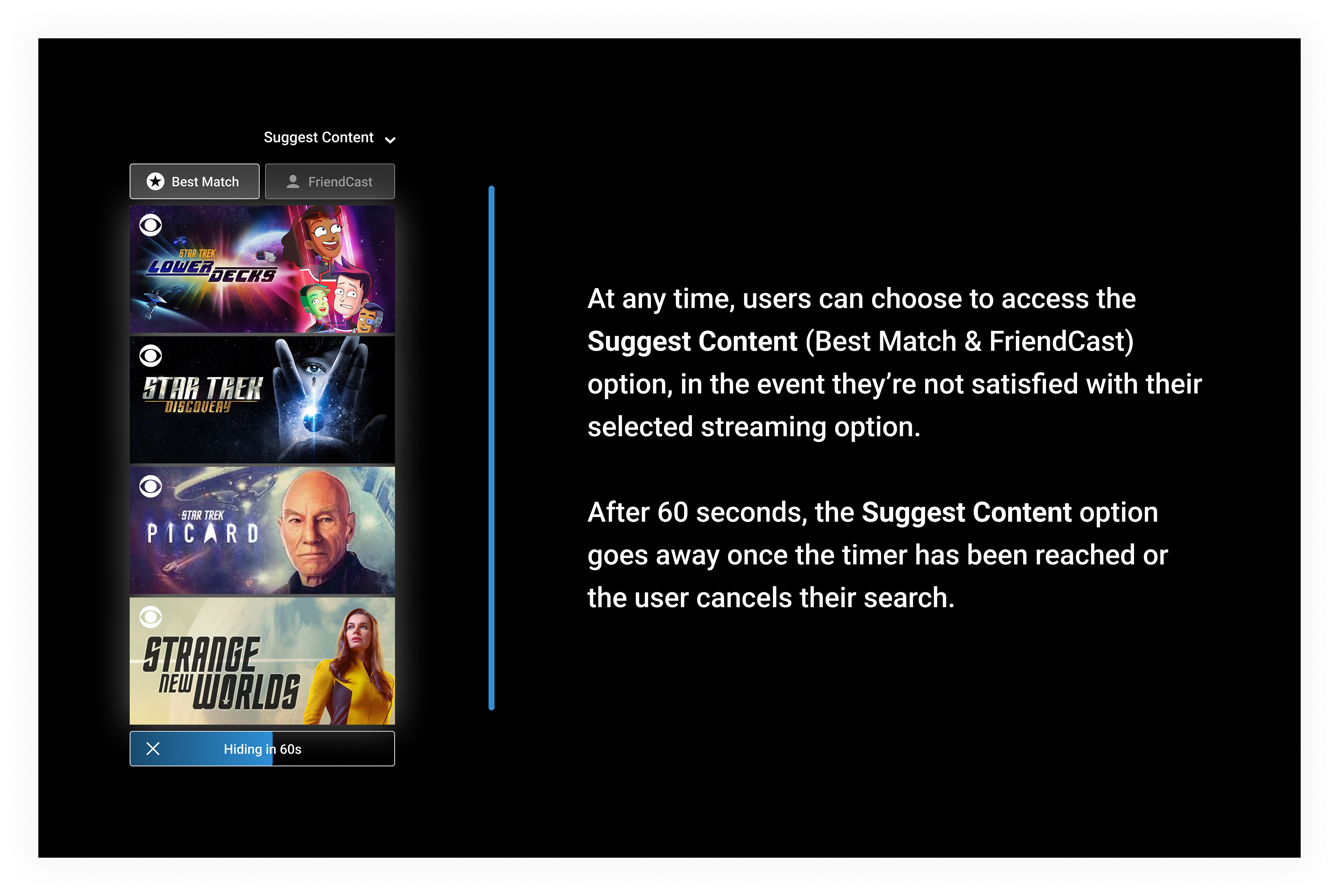
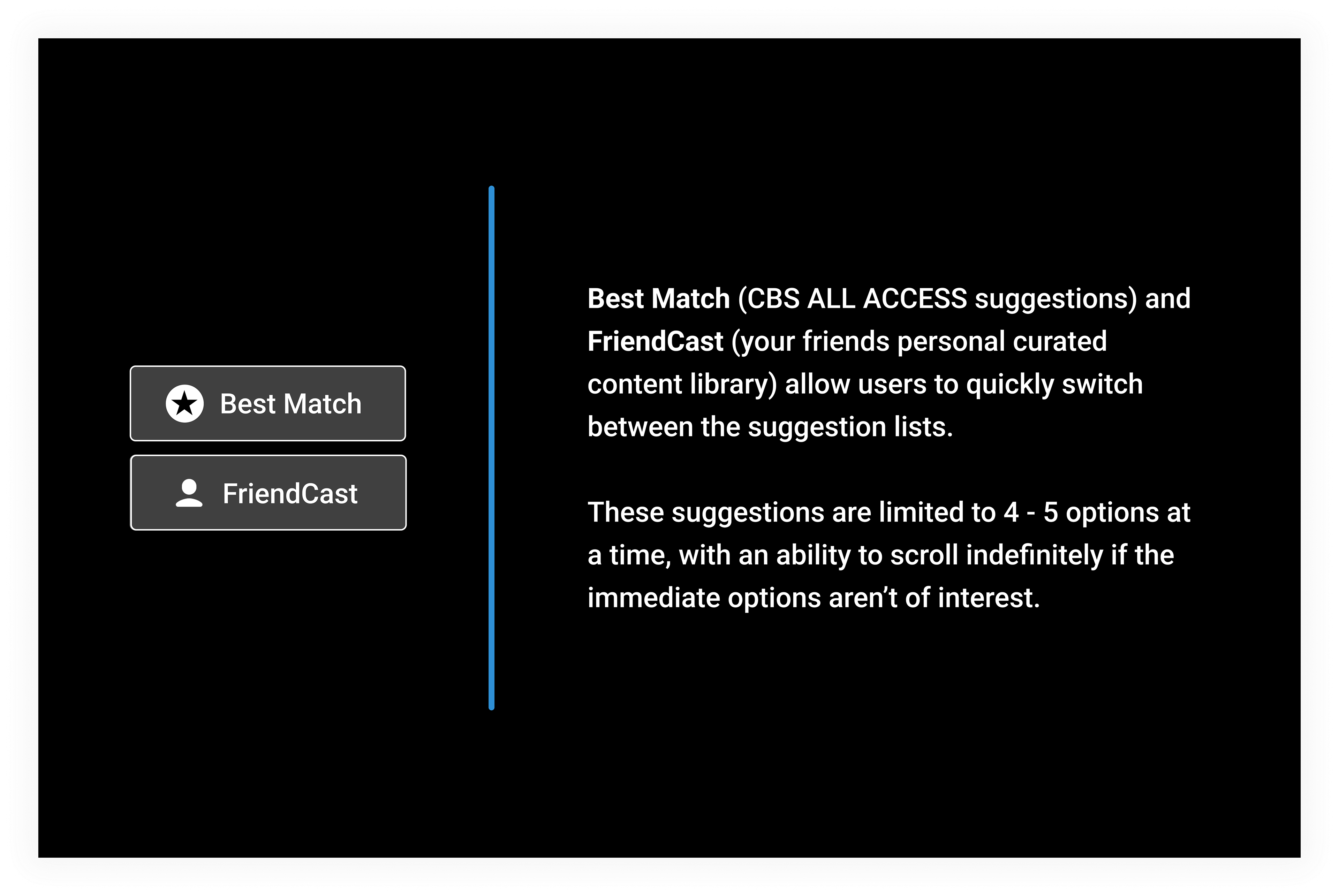


Final Screens








Limits and Next Steps
I came up with two versions of the design solution (Vertical and Horizontal) that mostly depended on how users interact with the interface when the design solution is active over the content viewing area. However, streaming platforms are dynamic, making it challenging to prototype mock-ups where users interact with multiple elements while content plays simultaneously.
So, I outlined the following limitations on how A/B testing should be implemented for constraints like time and environment:
Ease of access to the new key feature component on the homepage.
Focusing on time, user behavior and interactivity must be observed throughout the streaming process—beginning, middle, and end—to guide the study in the following:
* Toggling ease between the Best Match and FriendCast options.
* Quick selection of generated suggestions.
* Immediate access to suggestions through the streaming process.
Finally, further exploration of the FriendCast library and a system that would establish user inclusion into a community native to the CBS ALL ACCESS platform would be the next phase in building this key feature option.
For now, my contribution to this event has been achieved by my solution to the problem subject, The Paradox of Choice and its connection to large-scale streaming platforms at ViacomCBS.

